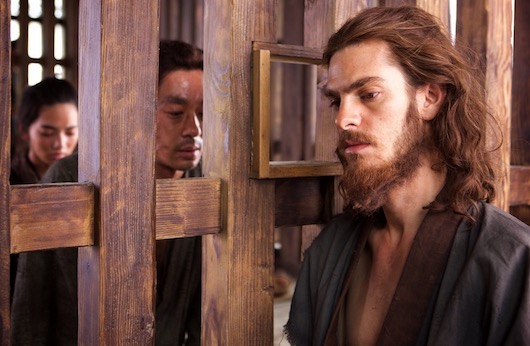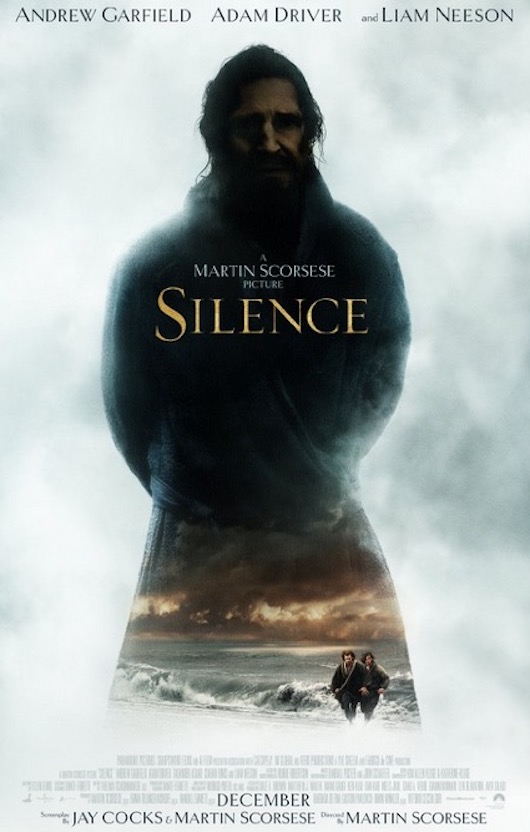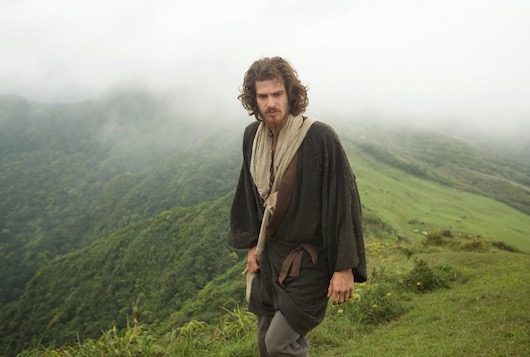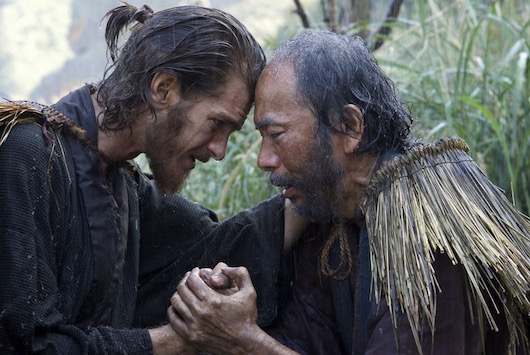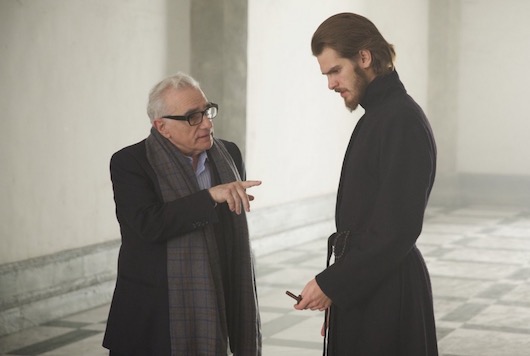 FILM
FILM In Which Paterson New Jersey Is Exposed Almost Completely
 Thursday, February 2, 2017 at 11:19AM
Thursday, February 2, 2017 at 11:19AM 
Which Dream Is This?
by ALEX CARNEVALE
Paterson
dir. Jim Jarmusch
118 minutes
 Adam Driver's wife Laura (the Iranian-born actress Golshifteh Farahani) wakes up every morning and tells him in detail what her dream from the night before was like. Over the period of one week, which is all it takes for Paterson to unfold, these specific descriptions grow increasingly maddening. It does not matter at all how beautiful something is, we surmise from Driver's ongoing reactions to his life. Monotony is a destroyer, killing life wherever it is found.
Adam Driver's wife Laura (the Iranian-born actress Golshifteh Farahani) wakes up every morning and tells him in detail what her dream from the night before was like. Over the period of one week, which is all it takes for Paterson to unfold, these specific descriptions grow increasingly maddening. It does not matter at all how beautiful something is, we surmise from Driver's ongoing reactions to his life. Monotony is a destroyer, killing life wherever it is found.
An enthusiastic misunderstanding of William Carlos Williams is required to enjoy Paterson. Williams was a doctor and a very complicated person. He was not a bus driver or anything like it. Paterson, NJ, in Jarmusch's imitation of it, is not simple either. Different lives and stories weave throughout Driver's day-to-day life. He views them as one views the world from a bus: at a remote distance. In the mornings and the nights he is able to enter some of what he sees in his notebook full of poetry.
Jarmusch is a master at retaining how real conversations flow and react to one another. He never seems to judge any of the people in his story, which makes them seem so much more authentic. You get the sense of individuals who have not been focus-tested or even focused on as antagonists or protagonists. This is is glimpse of living in the world.

Driver carries around a copy of Frank O'Hara's Lunch Poems, and I could not help thinking about how completely different these two people were to write poems that approach each other in tone and subject matter. There is some of that in Paterson — the tendency of people in proximity to each other to parrot and parallel similar behaviors and traits. O'Hara was a flamboyant homosexual who worked at the Museum of Modern Art. Just miles from that place and decades from that time, there is something sad about not being able to reach beyond that aesthetic.

Jarmusch tries to stay true to a cinematic representation of this general artistic sense. He is in love with the way people deal with the problems they face. The miracle of any artistic creation is that it has the possibility of becoming something far different than its creator intended. This never quite happens to Driver's character, which is a shame, but it has happened to Jarmusch here.
Maybe at some point he intended Driver's relationship with his wife to be a happy arrangement, but as the week goes on, we sense a definite distance between the two. He resents his life, and by extension their life. He does what he can to make his wife happy, but never exceeds the limits of his powers. For her part, Laura sees her husband more as an object than a person with his own dreams and needs. For this reason it is hard to call Paterson anything but a very serious tragedy.

It is fun to see Jarmusch dial in the trappings of his modernity into this sterile, timeless world. He has an eye for how we interact with such conveniences, but it is the eye of an old man who resists fading into the firmament of his life. Despite approaching 65, Jim has never lost his basic curiosity regarding what life holds for us. In Paterson he makes a movie that could be profoundly happy for some and deeply depressing for others. This magical style of filmmaking takes on whatever emotion and perspective we bring to it, establishing indeterminancy as a vibrant emotion into which we desire to project ourselves.
As a result of watching Paterson I now find the poetry of William Carlos Williams completely inadequate to the task. It all seems so dated and distant, like Driver when he is propelling the bus through the gross streets of these neighborhoods. Through style, content and the progression of time, Jim Jarmusch pushes us beyond the gift of mere presence. We wish for an artistic expression which can explode through the windows of the vehicle, commas and periods that denote sentences. A marriage that will last.
Alex Carnevale is the editor of This Recording.































